How To Create ‘New’?
With the rapid development of science and technology, people’s lifestyles are undergoing ‘new’ changes; designers are also constantly pursuing innovation: new materials, new forms, new ways of viewing… In our pursuit of those undiscovered new things, why not try to look back at what wealth we already have? If the design concept and creation spirit created by ancient craftsmen can be fully understood and used, it may be more meaningful than a ‘new’ design. Innovation is not necessarily about finding and developing unknown things, but innovative design based on traditional culture is also innovation. Take the Chinese brand LI-NING as an example. In the past, the LI-NING brand only adopted the simplest design method in order to reflect the Chinese style – copying and pasting traditional graphic symbols. Not popular with consumers. Now, after fully understanding the connotation of Chinese culture, the designer of the brand has used the concept of traditional philosophy Taoism in brand design, which has attracted international attention to LI-NING. The intention of the LI-NING WUDAO series design is sinology culture added with a movement perspective. It is based on the thought of Taoism, a classical Chinese philosophy. The cultural spirit of Taoism is interpreted from different perspectives to show the retro and future movement trends in the 1990s. The Chinese character ‘Wu Tao’ series can also be seen in the design, The shape of the shoes is also inspired by Taoist monk shoes. Which embodies the Chinese Taoist philosophy and conforms to nature. The intangible culture is skillfully integrated into contemporary design.
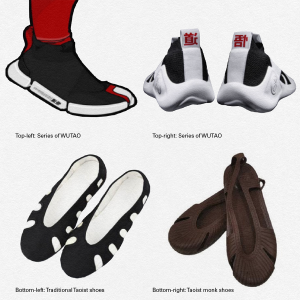
The design needs to realize the expression of its ideas beyond form, and culture is the core. Design is related to material and spiritual life. Even in the era of globalization, the visual representation of products still needs to contain the expression of the ethnic culture, we must also pay attention to not changing the original meaning of the design objects for innovation. For example, the National Palace Museum in Taipei and Alessi from Italy launched The Chin Family. which was inspired by a portrait of Emperor Qianlong of the Qing Dynasty. Based on the portrait, the designer created a doll product with slender eyes, a Qing Dynasty official hat, and Qing Dynasty costumes (Figure 1). Although this type of design is not a direct stack of Chinese images, Chinese elements have been extracted and transformed into designs and appear in the market in new shapes. This design method of transplanting some symbols is called ‘style design.’ The design method of symbolic transplantation is mostly used to express the decoration on the surface of the product and is not suitable for the modeling of ancient characters. The design technique of appearing the emperor’s shape in an abstract cartoon image like this, completely changed the image and meaning of the emperor, and did not conform to the majesty of the emperor’s portrait displayed in the Palace Museum. Moreover, this design does not have any characteristic of Emperor Qianlong at all. Such a design cannot fully express the deep meaning of Chinese culture due to cultural differences and insufficient depth of cultural research.
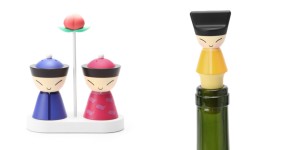
In the book Chinese Art and Culture, American Sinologist Professor Du Pu put forward the idea of Thought of things, which also refers to understanding the core ideas of Chinese art. The ancient Chinese artworks, reflect the design ideas of craftsmen. Design in ancient China was accumulated on the basis of function, technology, natural environment, and solutions to social problems. Thus, designers need to find out the fundamentals of design from these inherited cultural ideas and learn from the ancient craftsman’s view of creation and ideology. The candlestick designed by the well-known Chinese designer Lu Yongzhong is a good example of combining the creation concept of traditional craftsmanship with contemporary design (Figure 2).
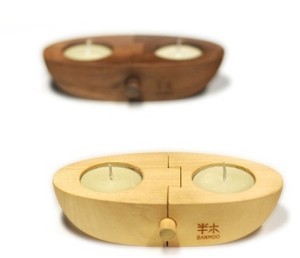
The design of this candlestick is inspired by the sentence in the Chinese classic ‘The Legend of the White Snake’: One hundred years of cultivation can lead to the same boat crossing (from the Buddhist saying of karma and harmony). The designer uses the ‘boat’ as the design element to reproduce the folklore story. In the production method of the candle holder, the design method of traditional Chinese architecture is also adopted – the mortise and tenon structure assembly, this boat can be disassembled and assembled. There are no obvious Chinese symbols and graphics in this work; it is the pursuit of the spirit and connotation of the design work through the excavation and refinement of traditional culture; this is the design at the level of meaning, also called ‘mode design’. This ‘Chinese method’ design means that designers use Chinese elements as a medium to digest and understand cultural concepts and then redesign. No direct traditional cultural visual symbols can be found in the product, but the overall styling temperament of the product is in the same line as Sinology aesthetics and cultural concepts. BANMOO, a brand from China, ingeniously combines Chinese traditional Taoist culture with contemporary design.Their works reinterpret Chineseness and inherit the abstract and nihilistic Taoist thought through the form of products.

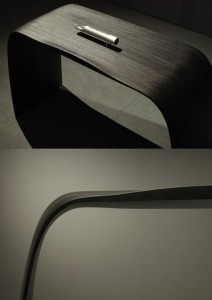
Figure 3. In this work, there are no apparent traditional graphics, but the overall form of the object is full of Chinese characters. The designer hopes to convey the concept of time through utensils. The ancients did not have a clock, so they recorded time by burning incense. An incense, a flute, and time are subtly visualized in this work.
Another work, ‘High Mountains and Flowing Water, ’Figure 4, is a piano table especially designed for Chinese guqin?a seven-stringed plucked instrument in some ways similar to the zither.) Inspired by the ancient Chinese poem ‘Mountains and flowing waters meet bosom friends.’ The edge of the table was designed as a landscape picture, and the overall line is as flexible as the water sleeves of Hanfu. Moreover, it matches the size of the guqin ingeniously. The lines, composition, and texture have been designed and are full of a philosophical concepts. No matter in terms of shape or material, it contains the Taoist cultural view of the unity of nature and man and the knowledge of things. Such objects carrying natural power are the best innovation and reproduction of the traditional spirit of creation using modern techniques.
The rapid pace of development of modern society drives the speed of our lives. People seem to be in a hurry, fast consumption, 3D printing, mechanical reproduction. In these fast paces, the process of participating in production is neglected. While blindly searching and innovating, we might try to slow down and look back at the precious wealth left to us by the ancient sages; participate in nature, create things with our hands, and watch with our hearts. Only by applying the connotation of traditional Chinese culture, the concept of knowledge from ancient craftsmen, and the creative spirit of harmonious coexistence with nature to contemporary design, can Chinese design endure for a long time.
What is Chinese Aesthetics?
In an interview, a collective of Chinese fashion designers discussed what the Chinese aesthetic is: they concluded that the aesthetic characteristics of being leisured and Shuhuan (gentle), Hanxu (implicit and evoking), and Duanzhuang (demure). All the italicized keywords can be condensed into one aesthetic term called Hanxu Meixue (implicit aesthetic). Li ZeHou, the Chinese aesthetic philosopher, describes implicit as a core aesthetic criterion of the Chinese artistic tradition. He also says it is a partial legacy of the Confucian notion of gentleness and sincerity. Instead of revealing the meaning of the artistic work in an explicit form, implicit style hides the emotion in the artistic concept. The implicit artwork provides inter-space for spectators to imagine the condensed and beautiful meaning hidden in the artwork of poetry, calligraphy, or paintings. The ethics of Confucianism created the introverted character of people at that time. The main features of Chinese traditional culture and art are therefore implicit and vague. Chinese people’s life is full of symbolism, and this national character is reflected in graphic art, making traditional graphic forms full of symbolic spirit. It is not difficult to find metaphors and symbols in Chinese works of art. Certain flowers, fruits, and plants assumed persuasive symbolic power. The pine inspired thoughts of longevity; Pomegranates represent many descendants; Bamboo represents integrity. This metaphorical feature is rooted in Confucianism.
In addition to Confucianism, Taoism is another important source of Chinese aesthetic theory. Taoism has put forward some valuable aesthetic views, although these views are mainly from a philosophical standpoint, but do not affect Taoism. Bring people’s artistic aesthetics to certain enlightenment. ‘Tao’ is also the root of aesthetics. Lao Tzu recognized the relationship between man and nature and the spirit of man and society and affirmed that the unity of man and nature is the highest state of beauty. This point of view had a profound impact on people’s visual art thinking in the future. For the beauty of specific images, Taoism advocates the combination of virtuality and reality. Art is the combination of movement and stillness. The formation of the implicit and inherent characteristics of the entire art of our country is the result of the influence of Taoist aesthetics. The traditional Chinese ‘Tai Chi map’ is the most common and most Taoist-style graphic. The Taiji map reflects the universal laws of the universe, one yin and one yang, one positive and one negative, and it is a manifestation of contradictory and opposite, endless vitality. The S-shaped pattern of Tai Chi is also known as‘XiXiangFeng(happy meeting)’ in the folk, and it is often used in folk art paper-cuts and blueprints. Lei Guiyuan, the founder of modern pattern studies in my country, once said: Because the S-shape is evolved from the Taiji diagram, it represents the eternal law of the universe and is well received by the Chinese people. This law of beauty is the most beautiful in Chinese pattern design and fundamental law.
Finally, the core content of Chinese aesthetics is the expression of artistic conception and the pursuit of spirit. The ancients said that “the object is usually created by the heart”, and the artist will reflect what he thinks in his heart in the process of artistic creation such as architecture, sculpture, and painting. The premise of creating artistic conception is ‘shape and spirit’, and ‘shape’ refers to the visible image, which is the origin of artistic conception. For associations other than images, they should also be stimulated based on visual images. “Verve” refers to the higher realm of artistic spirit. The goal pursued by ancient artists is the unity of form and spirit, which is fully reflected in ancient Chinese landscape paintings and ancient utensils. Chinese art has always regarded subtlety as an important aspect of artistic conception, so the characteristics of subtlety should also be fully reflected in artistic thinking. In order to express more implicitly, the theme and meaning of artistic creation should be hidden deep outside the picture, instead of being directly expressed in the picture, so as to give people a space to develop their imagination. The scene is in the painting, and it is intended to be outside the painting. Only because of the integration of subtle beauty in the artistic conception can it reach a higher spiritual realm. Chinese-style aesthetics is the result of its accumulation and evolution in the long-term social consciousness and material production practice. It is reflected in artistic creation through people’s accumulated practice. It has many aspects such as expression form, aesthetic psychology, modeling techniques, and craftsmanship. different characteristics. To create a design that reflects the connotation of traditional Chinese culture and resonates with people’s thoughts, you need to deeply understand what Chinese aesthetics are.
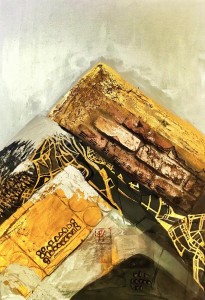

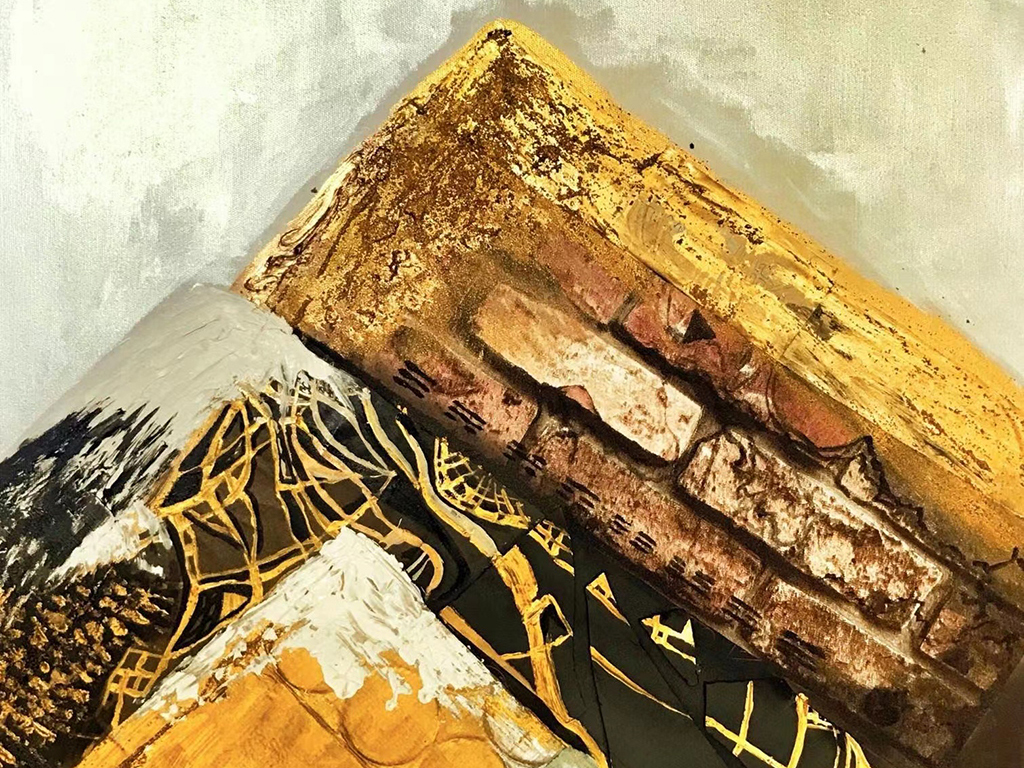
Long living the peace